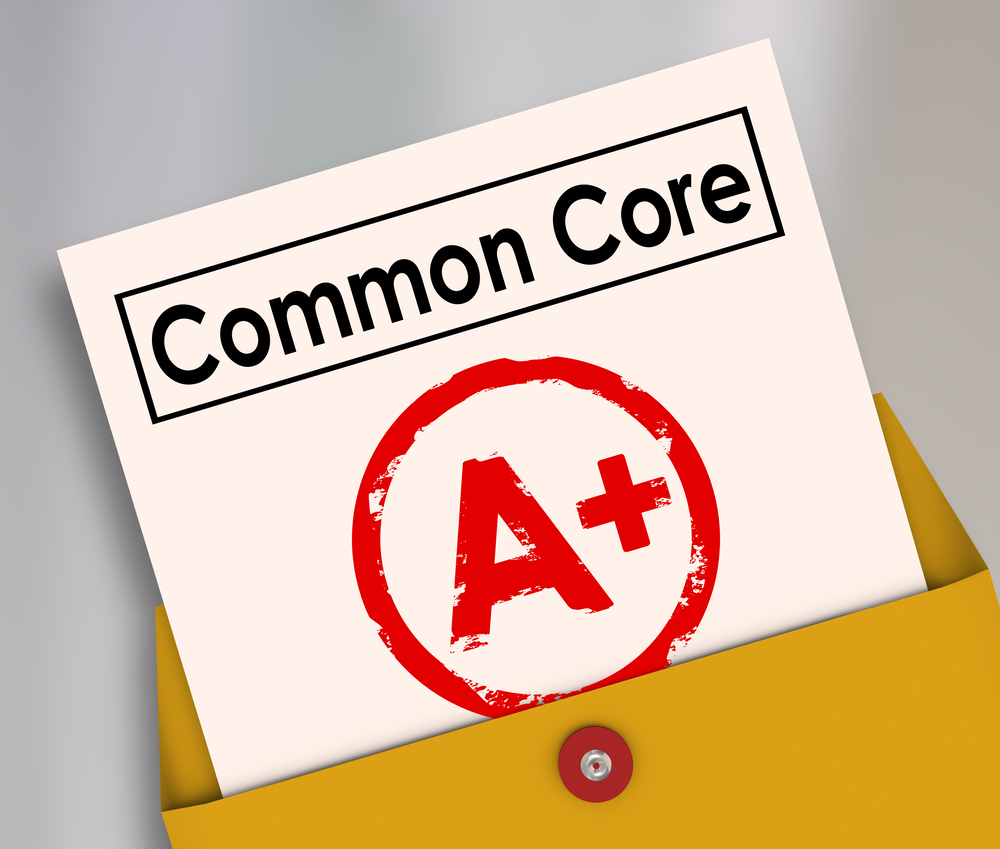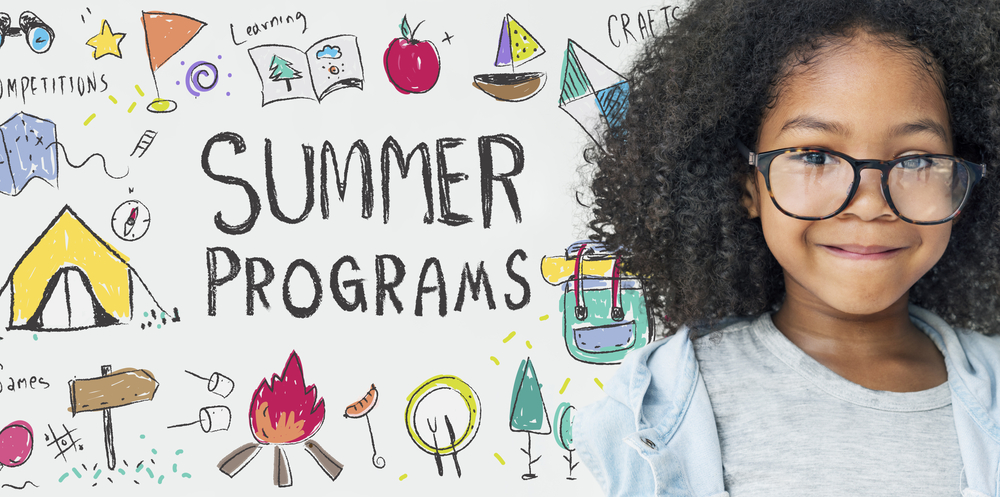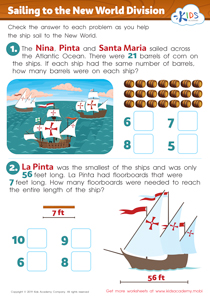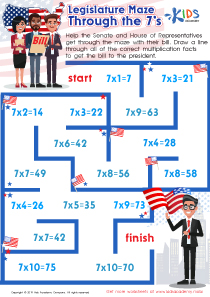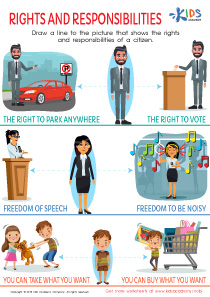Shape Recognition Normal Community Worksheets for Ages 3-6
4 filtered results
-
From - To
Help your child master shape recognition with our engaging community-themed worksheets designed for ages 3-6. These printable activities not only introduce basic shapes but also integrate enjoyable community scenarios to keep young learners motivated. As children identify and color circles, squares, triangles, and more within familiar settings like parks and schools, they develop essential cognitive and fine motor skills. Perfect for early-grade students, our curated selection of worksheets fosters a solid foundation in fundamental geometry while enhancing observational abilities. Make learning shapes a fun and interactive experience with our expertly crafted resources. Download now and watch your child's confidence grow!
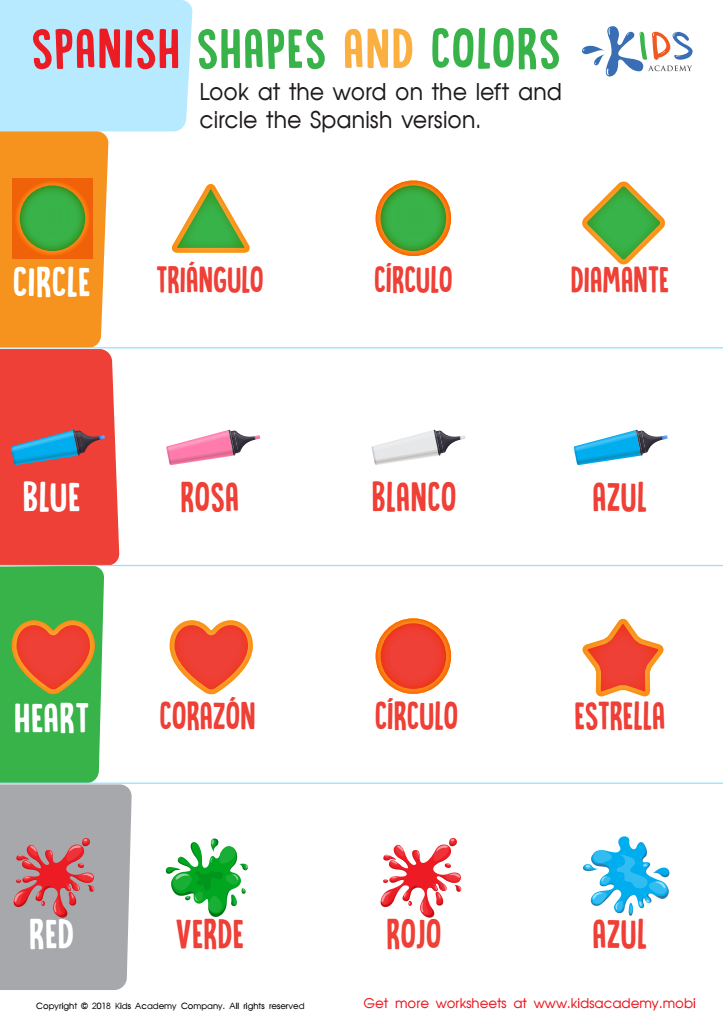

Spanish Shapes and Colors Worksheet
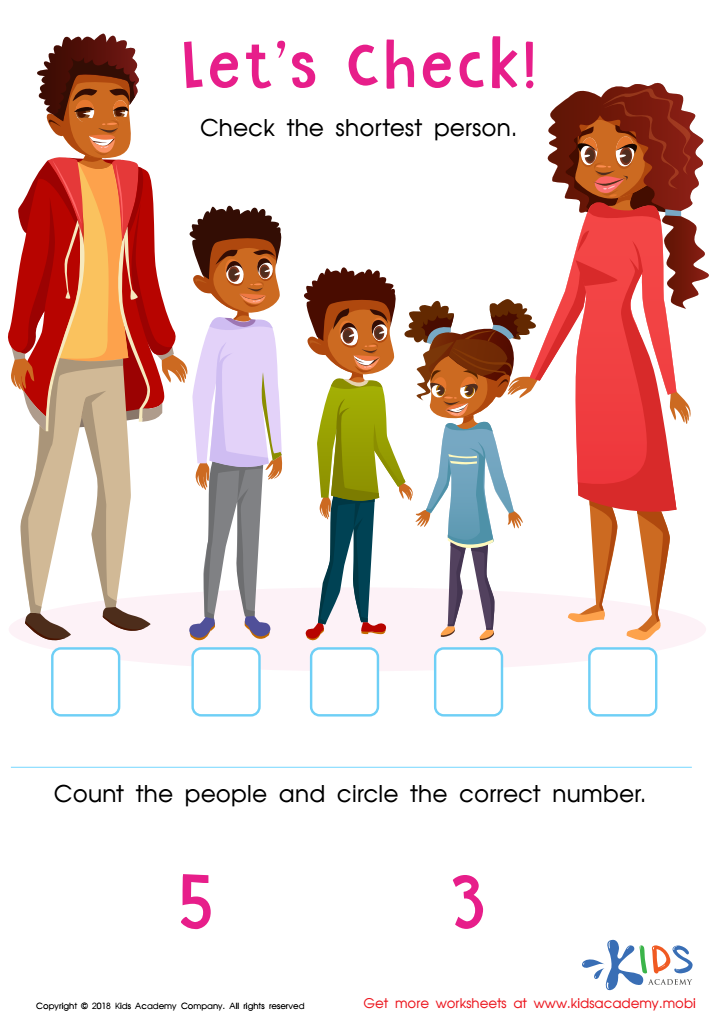

Let's Check! Assessment Worksheet


Playground Worksheet
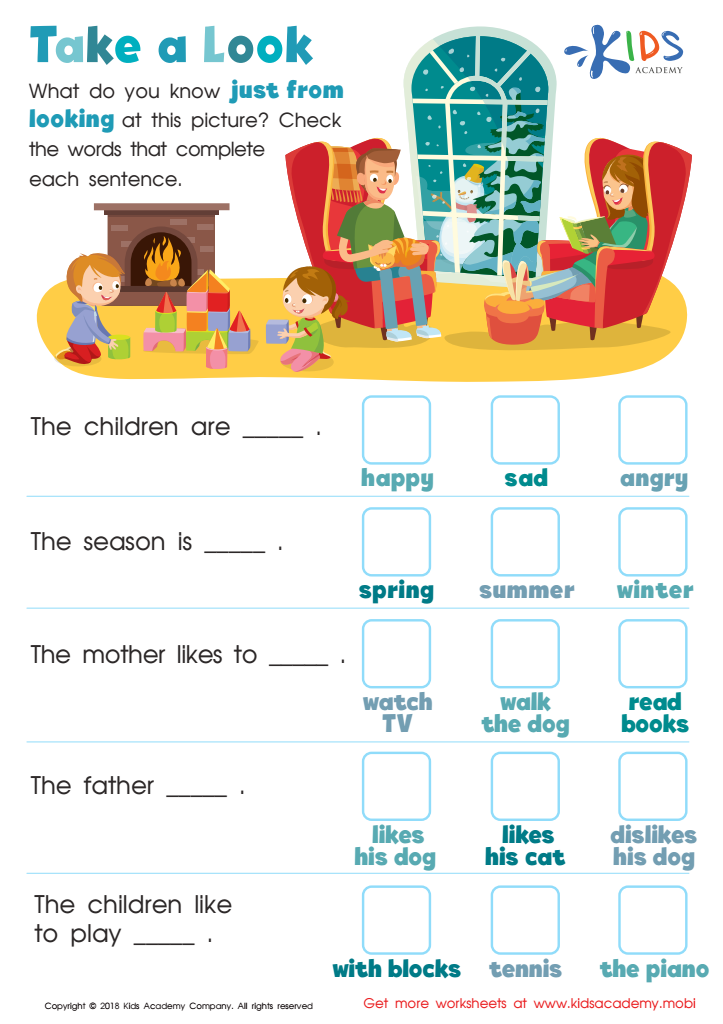

Take a Look - Part 1 Worksheet
Shape recognition is a foundational skill crucial for the cognitive development of children aged 3-6. Parents and teachers should prioritize this because it lays the groundwork for advanced learning in mathematics, literacy, and overall problem-solving skills. Shapes are ubiquitous; recognizing them helps children make sense of the world around them. For example, knowing what a triangle or circle looks like aids in understanding more complex geometric concepts later.
Moreover, shape recognition assists with the development of fine motor skills, crucial for writing and drawing. Understanding shapes improves spatial awareness and navigation abilities, factors that play a role in everyday activities and safety. Socio-emotionally, succeeding in these basic tasks boosts a child’s confidence and fosters a positive attitude toward learning.
In addition, being able to differentiate between shapes enhances visual perception and memory. It's fundamental in recognizing letters and numbers, both of which are essentially shapes themselves. This can significantly facilitate early literacy and numeracy skills.
Engaging children in shape-related activities—in the form of games, puzzles, and hands-on activities—can be both educational and enjoyable, leading to a holistic learning experience. Therefore, an emphasis on shape recognition for children aged 3-6 is essential for developing a solid foundation for future academic and life skills.
 Assign to My Students
Assign to My Students





